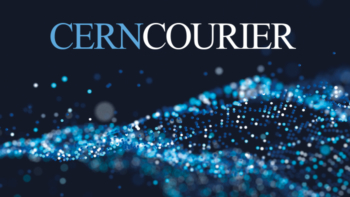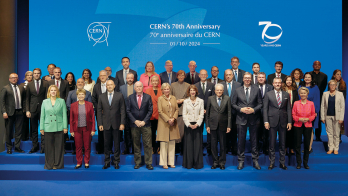Established 15 years ago, the African Institute for Mathematical Sciences (AIMS) has seen nearly 2000 students in mathematics and physics from 43 nations graduate as part of a pan-African model for sustainable development.
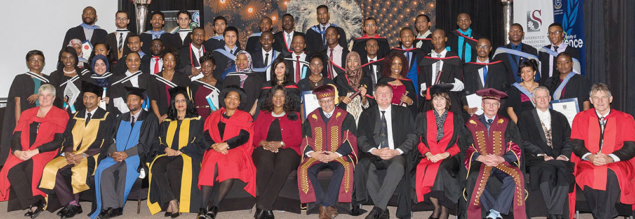
It was 2001 and Neil Turok, a cosmologist at the University of Cambridge at the time, was on sabbatical in his home town of Cape Town, South Africa. At dinner one evening, his father, who himself was a member of the first South African congress following the end of apartheid in 1994, posed the question: what will you do for Africa?
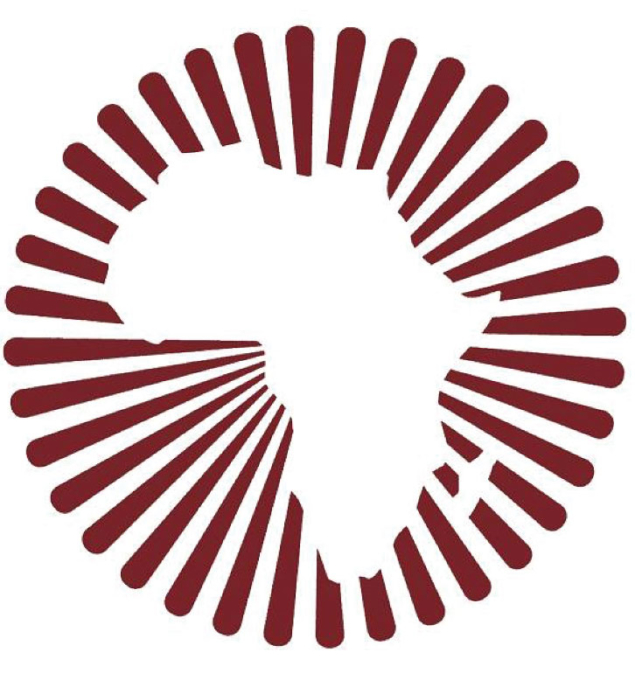
Two years later, Turok founded the African Institute for Mathematical Science (AIMS), with the mission to improve mathematics and science education throughout the African continent. The first centre, in 2003 at a derelict resort hotel in the small surfer town of Muizenberg, just south of Cape Town, saw 12 students graduate. Since that time, AIMS has grown to span the whole continent, with five more centres founded in Tanzania, Ghana, Senegal, Cameroon and most recently in Rwanda. The centres have produced almost 2000 graduates and form part of a pan-African and global network of mathematicians and physicists called the Next Einstein Initiative (NEI), a number of whom work in high-energy physics experiments at CERN and elsewhere.
Africa is a continent filled with potential, rich in natural resources and with a population that is projected to comprise nearly 50% of the world population before the end of the century. But it is also a continent plagued by problems that hinder development and success, particularly in mathematics and science (figure 1). More people there die each year from AIDS and civil war than anywhere else in the world, and access to quality education at all levels is tenuous, at best. The mission of AIMS and NEI is to address these issues by empowering Africa’s brightest students and propelling them towards scientific, educational and economic self-sufficiency.
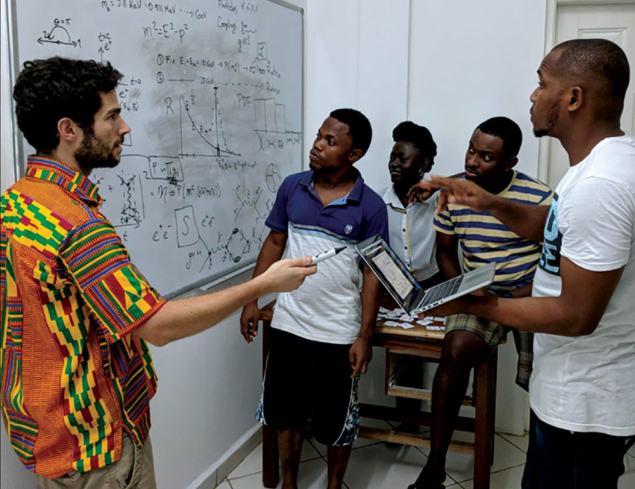
The AIMS curriculum
The primary way that AIMS contributes to this transformation is an intensive one-year master’s programme that runs from August to June each year. Preparations begin well in advance, starting in January when lecturers from around the world submit proposals to teach three-week courses at one of the six centres. In parallel, students from all over Africa apply and are selected through a very competitive process, with upwards of 2000 students vying for around 50 spots at each centre. The goal of both sets of applications, for lecturers as well as students, is to ensure that the very best people are brought together.
The course is highly structured. For the first 10 weeks, students attend a series of skills courses with an emphasis on problem solving and computing. The curriculum then enters a review phase, where students elect to follow two courses for every three-week block. The courses are dynamic, selected by the academic director of each centre every year and then taught by (mostly foreign) lecturers, who have complete freedom to write the course as they so choose. The beauty of such a curriculum is the diverse set of topics that can be taught side-by-side, which allows students to sample new topics – a day that begins with a course on financial mathematics could end with students writing a simulation for computational neuroscience. Three weeks later, the courses change and students can find themselves immersed in knot theory or Monte Carlo methods in particle physics.
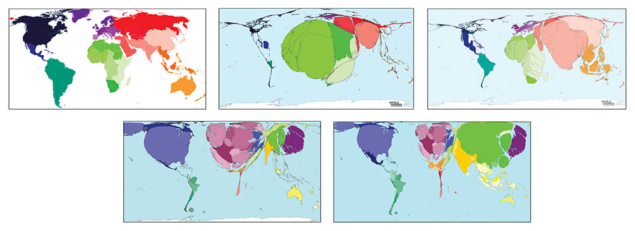
This cadence continues for 18 weeks, during which time the students are able to build connections with academics from around the world and find the course that suits them best. This builds to the final portion of the course, called the essay phase, in which students identify a mentor and a project from a list of proposed topics. The student then works independently for a period of 10 weeks under the supervision of a mentor, culminating in a thesis essay and oral examination. If this fast-paced academic course were not enough, the entire course is taught in English, which for many students is not their first language. Adding to their workloads, students are taught courses in English and writing throughout.
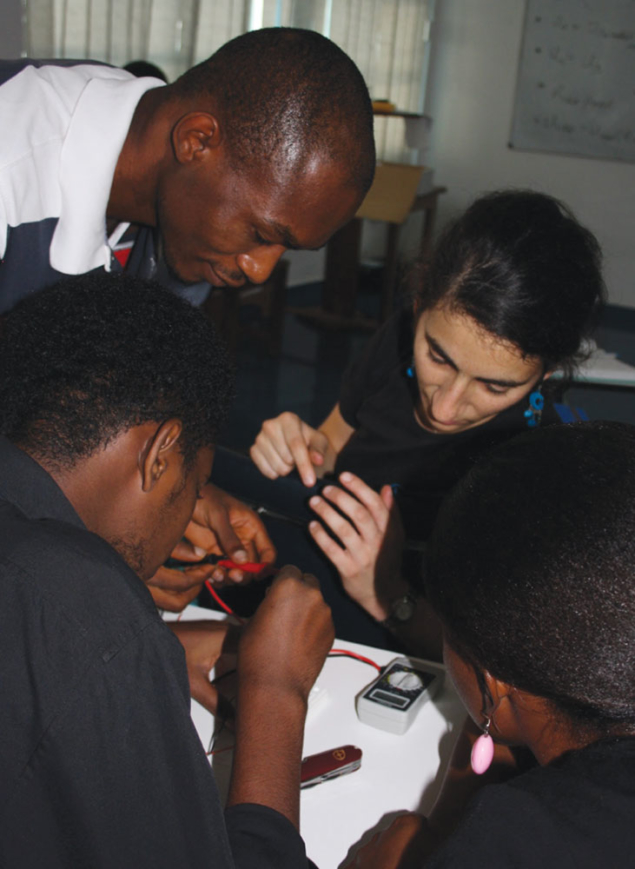
Strong support
Unlike many institutions, success at AIMS is limited only by a student’s will to achieve. All fees are paid by AIMS, as well as the costs of relocating, accommodation and food. Each student is provided with a personal computer (which for many students is the first computer they have ever owned) and a team of five to 10 academic tutors are hired to support the students in their studies and augment the lectures when necessary. This all ensures that the complete focus of the student can be on their studies and development as an academic.
The result is a nearly 100% success rate, with more than 30% of graduates being female and AIMS graduates representing 43 out of 54 African nations. These students most often go on to enter research master’s and PhD programmes in Africa and elsewhere, their university education having been in some way validated through the standards set by AIMS and the international institutions that support it. However, nearly all AIMS graduates eventually desire to return to Africa, whether it be in industry or research, thus contributing to their home nation. Some alumni even return to the school as lecturers themselves. Ultimately, the goal of AIMS and NEI is to establish 15 centres throughout Africa by 2030 and to establish a sustainable pan-African academic culture.

A lecturer’s perspective
To offer a first-hand account of a typical day as a lecturer, it’s 19:00 and you have just sent the last e-mail of the day. Dusk is welcome since it promises to relieve some of the heat. If you’re in Biriwa, Ghana, you make sure to close the window and put on some mosquito repellant. There was a student in your class who excused himself yesterday for not completely finishing his homework. He has Malaria. He’s working a lot anyhow and he’ll be better soon, but you would be completely knocked out if you caught it. As you are about to close the laptop, you hear someone at the door: it is your students, waiting for their ad-hoc evening tutorial. Teaching at AIMS is a full-day immersion. Finding students discussing your lecture, assignments or books that you showed them is not uncommon, even after midnight.
Your average AIMS student is inquisitive, hard-working and passionate, and the vastly different academic backgrounds of students in your class will force you to have to answer questions from very basic to very advanced levels. One day, a student might be “angry” because you told them that morning how light is both a wave and a particle. After the first days of shyness (many students have never been encouraged to state their own opinion over a science matter), they’ll question what you say, and clearly it is not possible that a thing is a wave but also a particle, is it?!
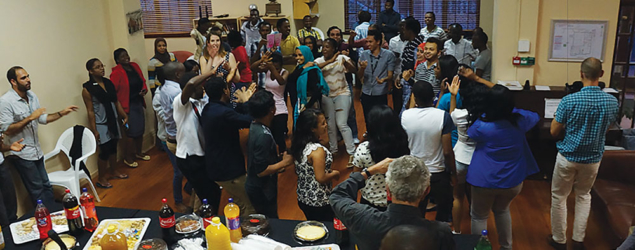
Don’t expect to spend your evening not doing physics unless you really need a break, in which case take a walk on the beach or, if you’re at the Muizenberg centre in South Africa, grab a surfboard. For those of you familiar with CERN, the parallel that might best explain the AIMS atmosphere is the “Bermuda triangle” of Restaurant 1, the hostel and your office: you can manage to spend weeks there before breaking out and spending some time to explore Geneva, the Jura, and the world around you. AIMS students are ambitious and grateful for the opportunity to work and learn, so they can easily spend their days between the lecture room, the canteen and the computer lab without leaving the building once. As an AIMS lecturer, it is thus good to come prepared for a few extra-curricular activities. This could range from showing students how to swim in the shallow waters of the Indian Ocean in Bagamoyo, taking them on an all-day hike to Table Mountain in Cape Town, or an extra tutorial on how to write a good application or give a talk, not to mention a discussion about how to shape Africa’s future. Topics such as how a woman can be a president in some countries (or a physics lecturer for that matter!) are sure to attract the attention of all students, even those not directly in your class.
The last few days of your three-week lecture block are the most special. Students give presentations on topics that go beyond what your lecture contains, having spent every free minute preparing. Building confidence in the student’s mind is your most important mission at AIMS, and the students have every reason to be confident. Most of them had to fight to get a good education that is taken for granted in many countries, and they all want to make an impact in building Africa’s future. After the student’s talks, the ceremony and party starts. Lecturers are bid farewell, and you may well be handed a traditional African costume to be dressed properly for the party. Then, with some exceptionally gifted dancers taking the lead, you’ll not be let go before at least attempting to move gracefully to the latest African pop-music, all without a single drop of alcohol in sight.

Back at your workplace, AIMS stays with you. Many students will keep you updated on their career, seek a reference letter from you, or eventually join you as researcher.
Becoming involved with AIMS is for anyone who is interested in working with some of the best students in the world, most of whom have had to fight hard to get there. There are a variety of options. For those with master’s degrees in mathematics and science, it is possible to serve as an academic tutor at an AIMS institute for a period of one year, during which time you will work closely with students as a mentor and act as a bridge between the shorter term lecturers. For those with PhD degrees, it is possible to act as either an essay supervisor or a lecturer. In both instances, the topic of instruction is designed by you, giving you control and flexibility to tailor the course to your interests and expertise. In whatever capacity you decide to become involved, it is an opportunity you will not regret.


